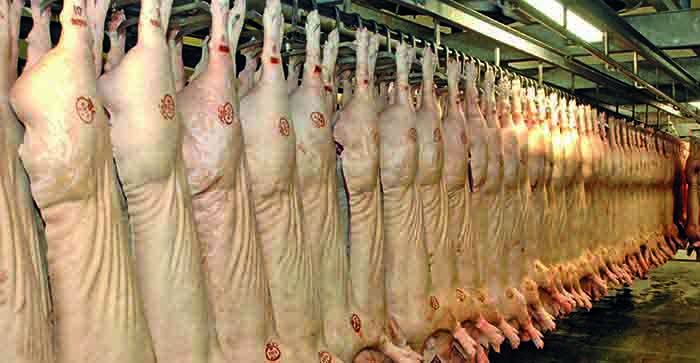US hog futures fell to their lowest point since winter 2002 last Friday (3 April) due to a combination of factors including the Covid-19 pandemic, which has introduced concerns over future consumer spending power.
With the exception of bacon, pork is not thought to be as dependent on the foodservice channel as other meats, but the closure of schools along with restaurants means that demand from foodservice dissipated.
The US economy has recorded a surge of citizens applying for unemployment benefits, with a reported 6.7 million applied in the week ending 27 March alone, introducing uncertainty over the grocery market as a whole.
Chicago (CME) nearby lean hog futures settled at 40 cents per lb, which equates to 72p/kg, about 5 cents below the previous day, which AHDB analyst Felicity Rusk reports is is the lowest spot contract price since October 2002.
“The recently released US hog census figures, showing a further 4% rise in the US pig herd probably also contributed to a weak market sentiment,” adds AHDB’s Rusk. “Some market commentators are becoming less optimistic about the ability of Chinese exports to relieve the US of excess pork supplies.
Futures prices have shown some recovery in the days since. However, on 8 April, it was announced that Cargill, one of the largest meat processing companies in the US which mainly processes beef and pork products for retail, would shut a facility in Pennsylvania until further notice.
Rusk adds: “Cargill now joins other companies including Tyson Foods Inc and JBS USA who have closed facilities across both Iowa and Pennsylvania. Reduced processing capacity risks market-ready pigs building up on farm. How the supply chain copes with this, and any future disruption in the coming weeks could also be influential for market prices.




